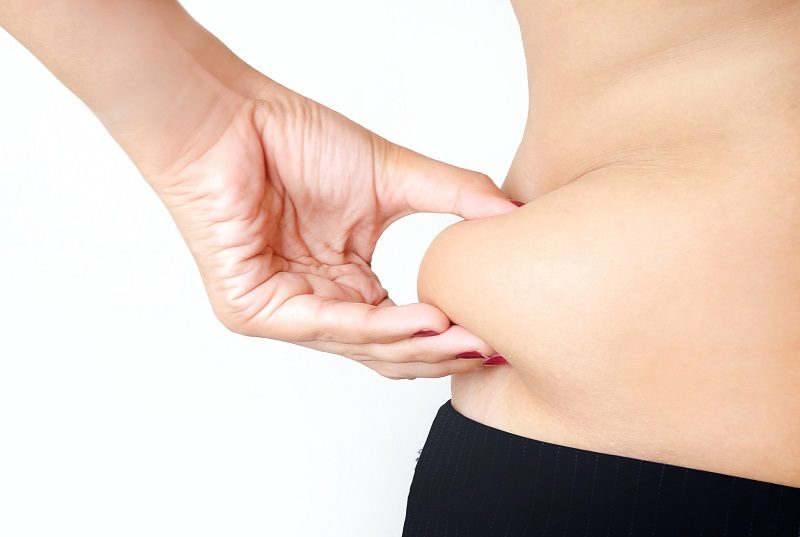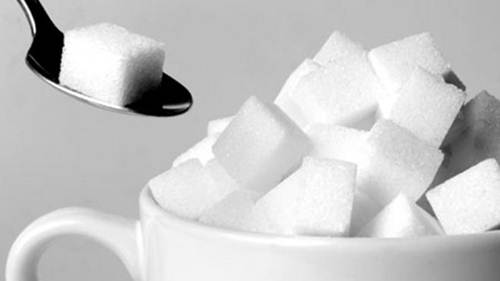
Triglycerides are a type of fat (lipid) found in our blood. When we eat, our bodies will converts any calories it doesn’t need to use right away into triglycerides.
It stored in your fat cell and hormones release triglycerids for energy between meals.
If you regularly eat more calories than you burn, you may have high triglycerides or known as hypertriglyceridemia.
To know your level, a simple blood test can reveal it :-
- Normal — Less than 150 milligrams per deciliter (mg/dL), or less than 1.7 millimoles per liter (mmol/L)
- Borderline high — 150 to 199 mg/dL (1.8 to 2.2 mmol/L)
- High — 200 to 499 mg/dL (2.3 to 5.6 mmol/L)
- Very high — 500 mg/dL or above (5.7 mmol/L or above)
There’s a difference between triglycerides and cholesterol are it separate types of lipids that circulate in our blood.
Triglycerides store unused calories and provide your body with energy, and cholesterol is used to build cells and certain hormones. Because triglycerides and cholesterol can’t dissolve in blood, they circulate throughout your body with the help of proteins that transport the lipids.
High triglycerides may contribute to hardening of the arteries or thickening of the artery walls (atherosclerosis) — which increases the risk of stroke, heart attack and heart disease. Extremely high triglycerides — for example, levels above 1000 mg/dL (11.29 mmol/L) — can also cause acute pancreatitis.

High triglycerides are often a sign of other conditions that increase the risk of heart disease and stroke as well, including obesity and metabolic syndrome — a cluster of conditions that includes too much fat around the waist, high blood pressure, high triglycerides, high blood sugar and abnormal cholesterol levels.
Sometimes high triglycerides are a sign of poorly controlled type 2 diabetes, low levels of thyroid hormones (hypothyroidism), liver or kidney disease, or rare genetic conditions that affect how your body converts fat to energy. High triglycerides could also be a side effect of taking medications such as beta blockers, birth control pills, diuretics or steroids.
How to lower tryglycerides?
1. Lose weight.
If you’re overweight, losing 5 to 10 percent of your body weight—just 10 to 20 pounds for someone who weighs 200 pounds—will reduce your triglycerides by about 20 percent.
2. Cut the sugar.

Individuals whose added sugar intake is less than 10 percent of daily calories have the lowest triglyceride levels. The AHA recommends that only 5 percent of your daily calories come from added sugars. That means no more than 150 grams (9 teaspoons) for men and 100 grams (6 teaspoons) for women per day. Because the biggest sources of sugar in the American diet are soda and other sugar-sweetened beverages, one way to restrict your sugar intake is to drink no more than three 12-ounce cans a week.
3. Stock up on fiber.
Instead of consuming sugar and other refined carbohydrates, focus on more fiber-rich foods, such as vegetables, fruits and whole grains.
4. Limit fructose.
Studies have found that consuming too much fructose—a type of sugar—leads to high triglycerides. High-fructose corn syrup is a major source of fructose. Because regular table sugar contains about the same amount of fructose as high-fructose corn syrup (50 percent versus 42 to 55 percent), you’ll need to limit both in order to lower your triglycerides. You can determine whether a food contains sugar or high-fructose corn syrup by reading the ingredients list.
Even the fructose that’s found naturally in fruit can increase triglycerides, so if you have high triglycerides you should watch the types of fruit you eat. Dried fruits, such as raisins and dates, have the most fructose, whereas peaches, cantaloupe, grapefruit, strawberries and bananas are relatively low in fructose.
To reduce your triglycerides, limit the total amount of fructose you consume to less than 100 grams per day—preferably less than 50. To learn about the fructose content of specific foods, visit the USDA nutrient database at www.nal.usda.gov/ fnic/foodcomp/search.
5. Eat a moderately low-fat diet.
You may be surprised to learn that diets that are very low in fat are not as effective at lowering triglycerides as diets moderately low in fat. The AHA recommends that people with high triglycerides get about 25 to 35 percent of their daily calories from fat. That’s only slightly lower than the average American diet, which is about 37 percent. Replacing your regular dairy products with those marked “low-fat” may help lower your triglyceride levels.
How do you know whether you’re getting the right amount of fat? For someone who eats 2,000 calories a day, 30 percent is 600 calories. At 9 calories a gram, that’s about 67 grams of fat a day. You can learn the number of grams in a single serving of packaged food by reading the “Nutrition Facts” label.
6. Watch the type of fat you eat.
Cut back on saturated fats, which are found in red meat, poultry fat, butter, cheese, milk, and coconut and palm oils, and keep trans fats, found in shortening and stick margarine, to a minimum. Replace trans fats with healthier polyunsaturated and monounsaturated fats. Examples of polyunsaturated fats include safflower, corn and soybean oils. Examples of monounsaturated fats include canola and olive oils. Although unsaturated fats are better for you in terms of cholesterol and triglyceride counts, they’re high in calories, so go gentle on the amount you cook with or you may gain weight.
7. Add omega-3 fatty acids.
Fatty fish such as salmon, herring, sardines, lake trout and albacore tuna are abundant in omega-3 fatty acids—a type of fat that is actually good for you. To reap the benefits, the AHA recommends that you eat fatty fish at least twice a week. If you already have high triglycerides, you can take omega-3 capsules to supply the extra boost that food alone can’t provide. The capsules must be taken under your doctor’s supervision, as too much omega-3 can interfere with your blood clotting ability.
Choosing the Right Fish Oil Supplement for Your Routine
8. Exercise.

If you have high triglycerides, getting at least 30 minutes of moderate-intensity physical activity most days of the week may lower your triglyceride levels. Exercise is also an important part of keeping your weight under control.
9. Limit alcohol.
Some studies have linked even small amounts of alcohol to modest increases in triglycerides, although others have found no association at all. The AHA recommends that people with very high triglycerides avoid alcohol entirely.
10. Take triglyceride-lowering drugs.
If your triglycerides are very high (500 mg/dL or above), your doctor might recommend a medication shown to lower triglycerides, such as fibrates, niacin, omega-3s (a prescription form called Lovaza is approved for lowering triglycerides) or statins. But lowering triglycerides with medication alone has never been shown to reduce the risk of heart attack or stroke, so be sure to watch your diet and continue exercising as well.
Medication
If healthy lifestyle changes aren’t enough to control high triglycerides, your doctor might recommend some of the following:
Statins. Your doctor might prescribe these cholesterol-lowering drugs if you also have low high-density lipoprotein (HDL, or “good”) cholesterol; high low-density lipoprotein (LDL, or “bad”) cholesterol; or if you have a history of blocked arteries or diabetes. Examples include atorvastatin (Lipitor) and simvastatin (Zocor). Muscle pain is a potential side effect.
Fish oils. Also known as omega-3 fatty acids, fish oil supplements can help lower your triglycerides. High doses are needed, however, so this option is often reserved for people who have triglyceride levels over 500 mg/dL (5.7 mmol/L).
Fibrates. Fibrate medications, such as fenofibrate (TriCor, Fenoglide, others) and gemfibrozil (Lopid), also can lower your triglyceride levels. Fibrates seem to work best in people who have triglyceride levels over 500 mg/dL (5.7 mmol/L). Fibrates may increase the risk of side effects when taken together with statins.
Niacin. Niacin, sometimes called nicotinic acid, can lower your triglycerides and your “bad” cholesterol (low-density lipoprotein, or LDL, cholesterol). It’s typically reserved for people who have triglyceride levels over 500 mg/dL (5.7 mmol/L). Don’t take over-the-counter niacin without talking to your doctor first. Niacin can interact with other medications and can cause significant side effects.
If your doctor prescribes medication to lower your triglycerides, take the medication as prescribed. And remember the significance of the healthy lifestyle changes you’ve made. Medications can help — but lifestyle matters, too.
Source :-MayoClinic
Health Communities

Leave a Reply